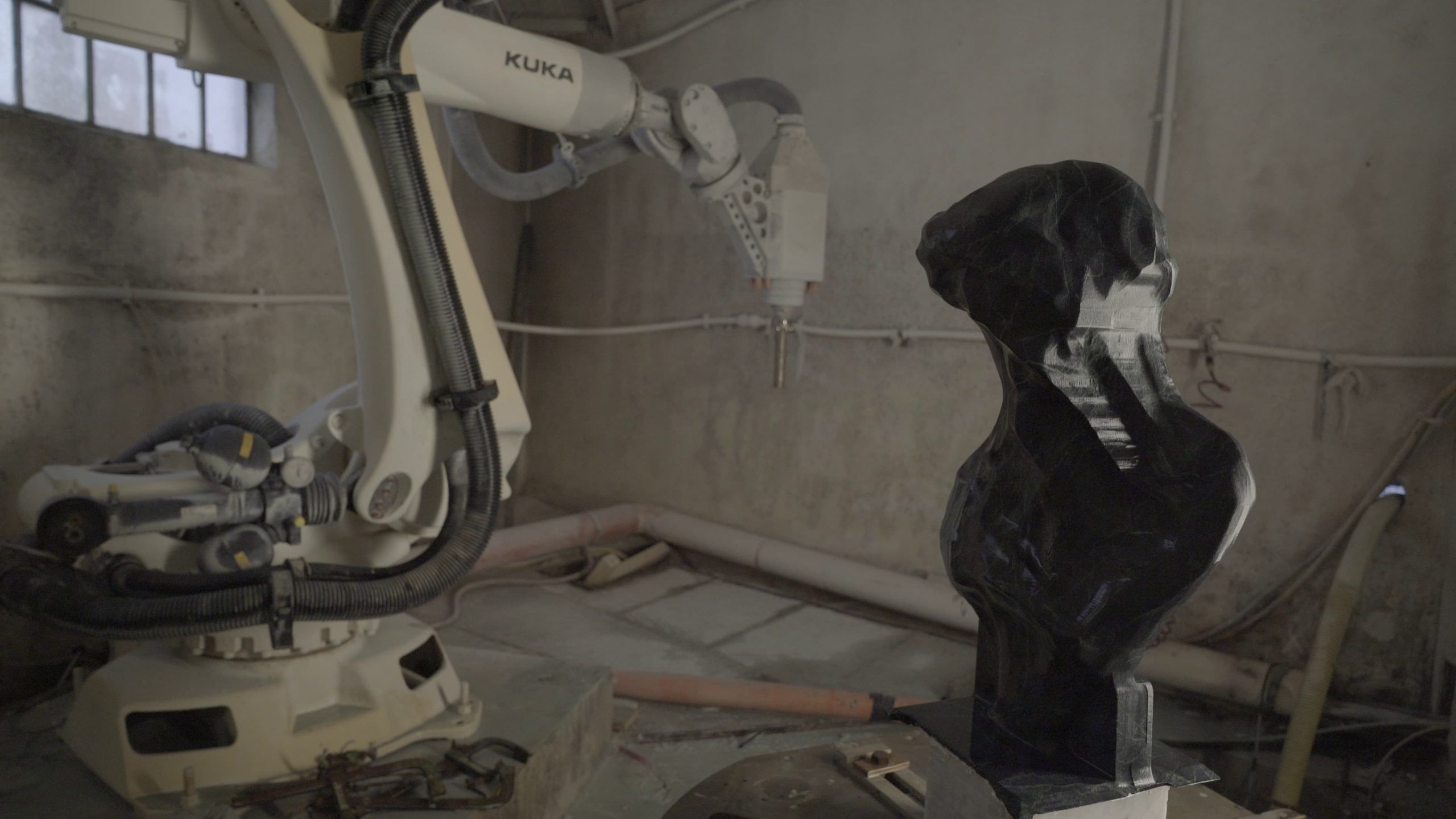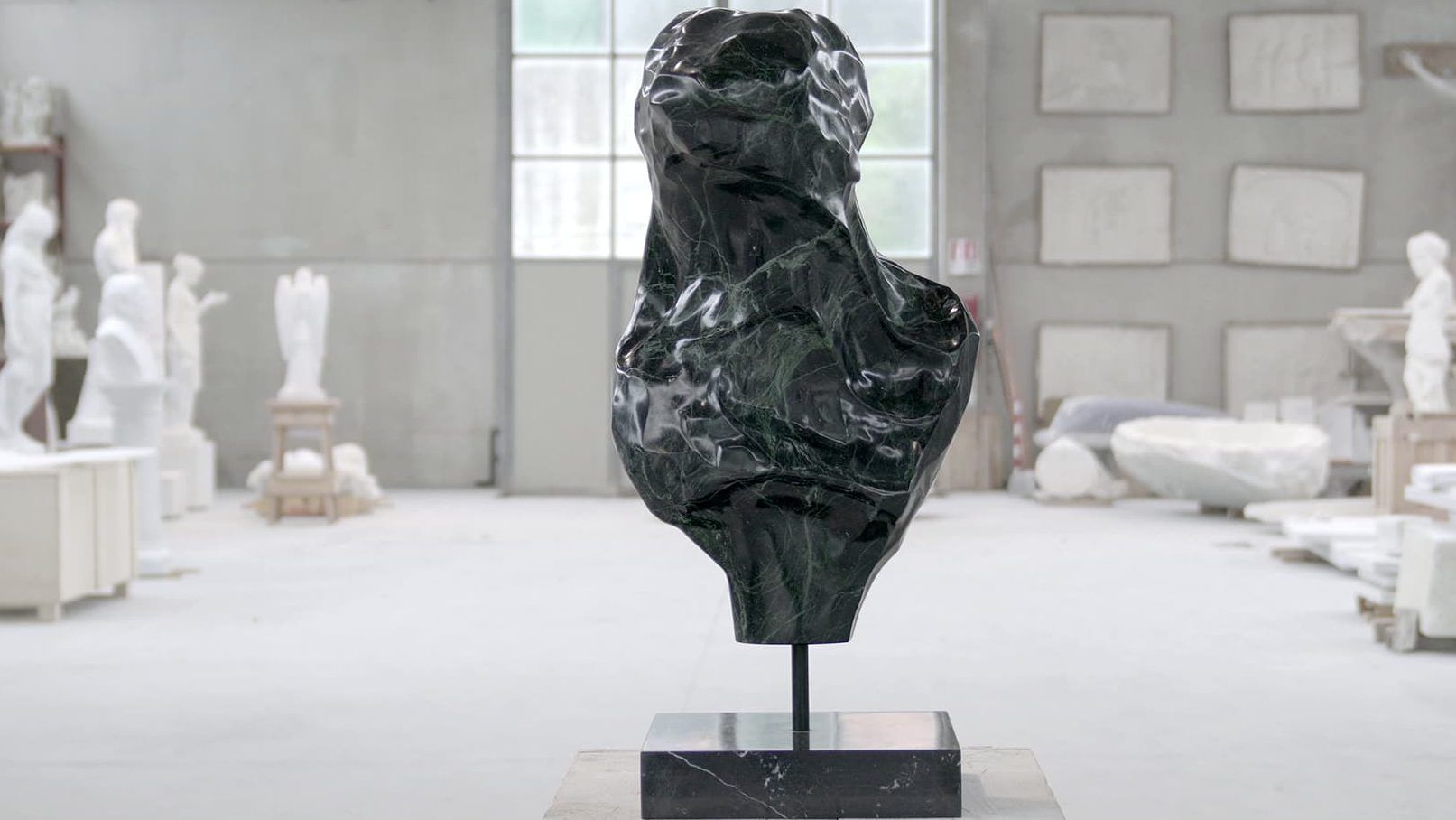
An artist’s vision of AI and artistic intelligence
by ITU News
The text-to-image revolution has arrived, turning the art world upside down.
A cursory online search for “AI art” returns a long list of artificial intelligence (AI) art generators, from Open AI’s DALL-E to Dream by app creator WOMBO.
Advancements in creative AI applications have progressed incredibly quickly within the last few years.
Today, deep learning models can create original images from simple text prompts, opening the doors to seemingly endless experimentation.
To explore AI’s impact on the art world, and on creativity and innovation more broadly, the International Telecommunication Union’s AI for Good platform has launched the Artistic Intelligence Visionary Initiative (A.I.V.I).
Created in collaboration with R100Studios, the new webinar series aims to spotlight artists who create works that aid our understating of technology and guide future AI innovation.
Friction and beauty
The first episode launched last week featured Christian Mio Loclair, a German artist and technologist who combines art with scientific research. In this episode, Loclair offers insights into his complex work by answering five questions.
Computer scientist, dancer and poet, Loclair is many things. But instead of separating all these passions, he combines them into unique works which he describes as “the poetic encounter of [hu]man and machine” that encapsulates the “friction and beauty between the digital and analog realm.”
In A.I.V.I’s inaugural episode, Loclair discussed the inspiration behind his recent art piece, Helin: an AI-based sculpture informed by hundreds of years of art history and culture.
Helin shines a light on the interesting question: “how do we actually see ourselves through the lens of a machine?”
The artwork’s structure was created through a custom deep learning algorithm.
Loclair explained how he combined this technology with art by showing the algorithm 60,000 bust sculptures made throughout history, and then asking the machine “to create one that wasn’t done before.” While it may look similar to a bust created by humans, the AI came up with an entirely new sculpture called Helin.

What makes Helin truly unique is its synthetic origin, unlike most sculptures. Instead Helin seemingly “just comes out of nowhere,” says Loclair, noting an “emptiness” that continues to intrigue those who see and interact with the AI-generated sculpture.
Envisioning the future of AI and art
When asked what aspect of this work might shed light on humans’ possible future relationship with technology, Loclair responded:
“Institutions and brands try to analyze what serves us best and then feed this back to us by predicting what could be done. Brands try to increase revenue through this continuous interaction with a population and institutions try to serve and help humans improve the way they live. That is exactly how machines work, they analyze data and predict.”
“Imagine that in the future there’s an emptiness inside of institutions and brands that continuously analyze with machines how we feel and what we do and accelerate this without human opinions,” he posits.
Loclair ended the episode by sharing his 20-year prediction for human and machine collaboration: “We will witness how we continue to separate from scientific reality as a population. Today’s artists are not standing stable looking into the future as they completely comprehend today’s reality. The most forward-thinking artists of our time are standing shaky, insecure and trying to grasp what they say saw in science in the last 15 to 20 years, trying to find balance.”
Watch episode one of the Artistic Intelligence Visionary Initiative series below.
Image credit: Christian Mio Leclair
